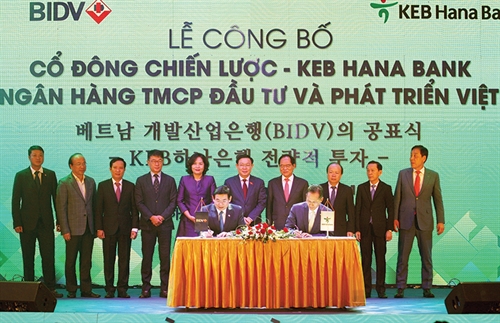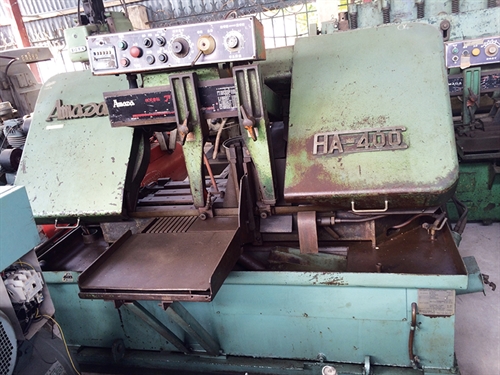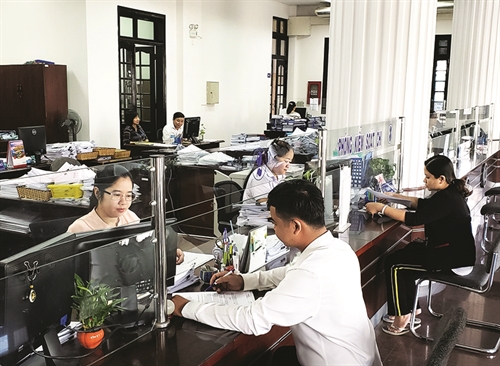Pham Duy Khuong, Director of SB LAW
Merger and acquisition (M&A) activities aim at taking control of a company through a merger or acquisition deal between two or more businesses to partially or wholly own that company. Typically, M&A activities evaluate most of the target company’s assets which include intellectual property rights. M&A has become familiar and popular with the Vietnamese business community over the last decade.
Due diligence: evaluation of intellectual property rights
Before signing any agreements in M&A activities, an indispensable activity that must always be conducted carefully is due diligence - legal evaluation of an enterprise being the M&A’s target.
Due diligence (DD) of a business is a necessary and useful activity that helps the parties to the transaction understand the value of the target company as well as legal, financial and other risks that the purchaser may encounter in acquiring the target company.
One of important issues that is always taken carefully by DD is to evaluate the intellectual property rights of the target enterprise. This activity is primarily intended to identify the enterprise’s existing intellectual property assets by examining documents proving its ownership of intellectual property objects and determine whether there are risks to these intellectual property rights, for example, whether the business is infringing upon the intellectual property rights of third parties or whether there are disputes in this regard or not.
In addition, it will also determine whether the enterprise’s intellectual property assets are solely proprietary or shared with other entities. Just in case this issue is clearly identified, the purchaser will have sufficient grounds to determine the value of the enterprise (intellectual property rights are only one of many bases for the evaluation). However, the legal assessment of the intellectual property rights is in practice not as simple as the aforesaid theories.
 |
| Leaders of BIDV and RoK’s KEB Hana Bank at a ceremony where KEB Hana Bank is announced to be a strategic shareholder of BIDV __Photo: Nguyen Dan/VNA |
Intellectual property problems arising from M&A
There have been many M&A deals from which problems arise regarding intellectual property rights. The most typical case is a recent case involving Agribank, a commercial bank ranked among the top four commercial banks in Vietnam. Ten years ago, this bank established a subsidiary specializing in gold, silver and gem trading in Vietnam. At that time, the bank owned 100 percent of this subsidiary’s capital and allowed it to use the trademark “Agribank” in its name. The bank later gradually divested its capital from the subsidiary and now the subsidiary is a joint-stock company and the bank no longer owns any of its shares.
However, Agribank forgot to do the most important thing before giving up its control over the subsidiary, which was to revoke the latter’s right to use the trademark “Agribank”. In fact, the trademark “Agribank” is still used in the company’s name notwithstanding the harsh reaction from the bank.
The bank has been requiring the company to remove the trademark from the company name and had to spend a lot of time, money and efforts in pursuing legal measures to achieve desired results.
Another typical case related to the post-M&A intellectual property rights is the case of a commercial bank, which was acquired by the State Bank of Vietnam (SBV) for zero Vietnam dong in 2015, although this acquisition was not a normal M&A deal (which was in essence an emergency measure taken by the SBV to ensure the safety of the banking system).
However, the complicated issue is that during its existence and operation before the acquisition in 2015, this commercial bank allowed many other companies to register and use in their business activities trademarks and logos similar to or identical with its trademark though there was no legal relationship between these companies and the commercial bank. In May 2019, information released in the media revealed that the commercial bank could be sold to foreign investors under a plan of the SBV in order to restructure it. Once this plan is implemented, any investor that decides to acquire the commercial bank will have to consider the actual use and registration of this bank’s trademark.
The current Law on Intellectual Property of Vietnam (revised in 2019) contains general provisions and principles on the transfer of ownership of industrial property rights, prescribing principal contents of an assignment agreement, requirements and procedures for registration of this agreement with the National Office of Intellectual Property, for organizations and individuals to carry out the assignment. Therefore, all business entities in the course of their business operation need to determine by themselves the basic principles to ensure the best protection of their intellectual property rights.
Experience from the management of intellectual property assets of international companies
Multinational companies and large corporations in the world all manage their intellectual property rights in a centralized manner. The registration of ownership of a company’s intellectual property assets is effected uniformly by the sole owner. However, where it is required to divide the protection registration (to establish ownership) to different entities, internal agreements may be reached between these entities to determine the ownership of the intellectual property rights in a variety of situations, including transfer, acquisition or merger of the company. In case a letter of consent is required to permit other organizations and individuals to register and use the company’s trademark, there exist provisions to bind the trademark licensee and the right to revoke the consent and thereby revoke the licensee’s right to continue registering and using the trademark.
Just a few companies in Vietnam are aware of this problem during their business operation, which might lead to the sharing, licensing and permission for registration and use of their trademarks beyond appropriate control and management.
Notes in sharing intellectual property rights
Sharing the intellectual property rights of a company with other entities without any control or management is similar to giving up large and valuable assets of that company which might lead to serious results in its future business activities. In order to avoid cases of trademark dispute like Agribank or the commercial bank as aforementioned, in addition to registering the intellectual property rights, a company needs to pay attention to the following issues:
Firstly, as it is necessary to establish and consistently implement the principle of centralized intellectual property protection within the company, the division, licensing or registration of protection of any objects of intellectual property rights belonging to the company whether licensees are subsidiaries or affiliates without any reserve measure to revoke these objects when necessary should be avoided.
Secondly, while holding the control of the company, it is necessary to ensure that all intellectual property rights are acquired before the company is transferred or assigned to a third party (except where the assignment also includes the assignment of the intellectual property rights) and that all administrative procedures related to the transfer or assignment are completed before losing the control or domination (as per the Law on Intellectual Property, the agreement on assignment of industrial property rights must be registered with the National Office of Intellectual Property in order to become effective).
Thirdly, intellectual property rights should be effectively protected in reality from infringements by any third party and any coexistence with entities that are taking acts of infringing upon the company’s rights.
Lastly, advices should be sought from experienced lawyers on intellectual property rights before entering into any transactions, particularly M&A deals. Experienced lawyers can help the company minimize risks that may arise from such transactions.-









